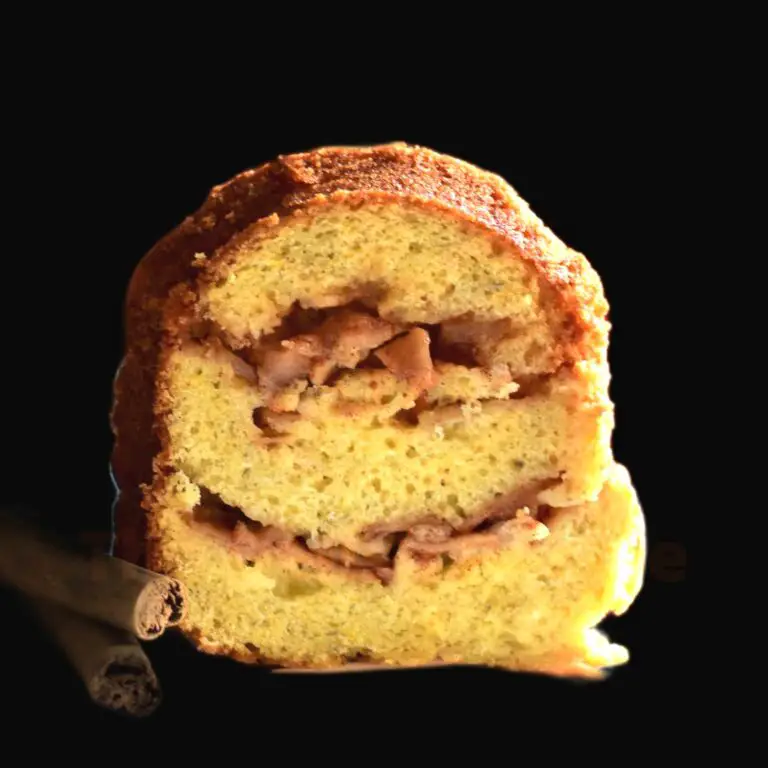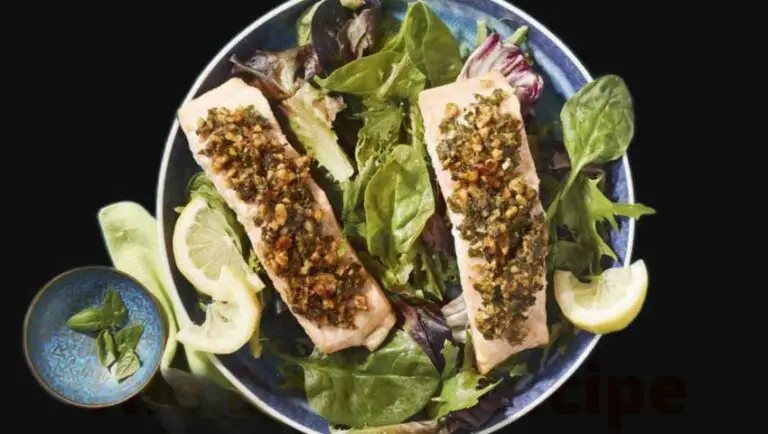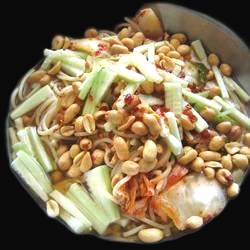Royal Icing II
This recipe for royal icing is perfect for decorating cakes or cupcakes. It is easy to make and can be tinted with food coloring to create any color you desire. This icing hardens when it dries, so it is perfect for creating intricate designs.
Ingredients
- 3 tablespoons meringue powder
- 4 cups sifted confectioners’ sugar
- 6 tablespoons water
Instructions
In a large bowl, combine the meringue powder and confectioners’ sugar. Add water and beat at low speed for 7 to 10 minutes until icing forms peaks. Tip: keep icing covered with a wet kitchen towel at all times so it doesn’t dry out quickly.
Nutrition Facts
- Servings: 12
- Calories: 90
- Fat: 0 g
- Sodium: 10 mg
- Carbohydrates: 23 g
- Protein: 0 g

What are the three types of royal icing?
Royal icing is a type of icing made from sugar, egg whites, and cream of tartar. It is often used to decorate cakes and cookies, and can be made in different consistencies depending on the desired effect.
The three main types of royal icing are stiff consistency, piping consistency, and flood consistency. Stiff consistency royal icing is thick and perfect for creating sharp edges or intricate designs. Pipeable royal icing is thinner than stiff royal icing but still thick enough to hold its shape when piped. Flooding-consistency royal icing is the thinnest kind of royal icing and is used for “flooding” or filling in large areas with color.
Different techniques require different consistencies of royal icing, but sometimes you can use different consistencies to achieve the same result. For example, you could use either stiff or pipeable consistency to pipe lines or borders on a cake or cookie, whereas you would need flood consistency if you wanted to fill in a large area with color.
In general, stiffer icings are better for detailed work while thinner icings are better for filling in larger areas.
Which icing is known as decoraters icing?
There are many types of icing used in cake decorating, but the one most commonly referred to as “decorators icing” is fondant. Fondant is a smooth, pliable paste made from sugar and water that can be tinted any color. It’s often used to cover cakes and create elaborate decorations like flowers or ribbons.
Fondant has a long history in the culinary world dating back to ancient Rome, where it was known as “panade.” In medieval times, it was called “pomatum” and was used to coat fruits and vegetables. The modern version of fondant wasn’t developed until the 19th century, when British confectioners began using it as a way to create smoother, more consistent icing on their cakes.
Today, fondant is widely available in both store-bought and homemade varieties. It can be rolled out into thin sheets for covering cakes or shaping into 3D decorations. It’s also popular for creating edible models or sculptures. And because it hardens as it dries, fondant is perfect for making intricate details that would be impossible to achieve with other types of icing.
What are the 5 types of icing?
Icing is a sweet, often creamy mixture used to coat or decorate cakes and other desserts. There are many different types of icing, each with its own unique flavor and texture. Here are five of the most popular types of icing:
1. Buttercream: Buttercream is softer and more spreadable than most icings and is the preferred choice for taste and flexibility. It can be made with either butter or margarine, and flavored with various extracts or spices.
2. Whipped Cream: Whipped cream is light and airy, making it perfect for topping cakes or cupcakes. It can be made from scratch using heavy cream and sugar, or you can purchase it premade in an aerosol whipped cream canister.
3. Royal Icing: Royal icing is a hard candy coating that dries very shiny and smooth. It’s made from beaten egg whites, confectioners’ sugar, lemon juice, water, vanilla extract, and food coloring (optional). Because royal icing sets quickly once applied to a surface, it’s best suited for small decorations such as piping on flowers or spelling out words on a cake top. 4. Cream Cheese Frosting: As its name suggests, cream cheese frosting contains cream cheese as one of its main ingredients (in addition to butter/margarine, powdered sugar, vanilla extract). This type of frosting has a tangy flavor that pairs well with chocolate cake or cupcakes. If you’re looking for a less sweet alternative to traditional buttercream frosting , this might be the right choice for you. 5.
What are the different consistencies of royal icing?
Royal icing is a type of hard icing made from egg whites, powdered sugar, and cream of tartar. It is often used to decorate cakes and cookies.
There are four different consistencies of royal icing: medium thick, medium, flood, and runny. Medium thick icing has a consistency that is similar to toothpaste. It takes 18-19 seconds for this type of icing to mostly smooth over. Medium icing has a consistency that is somewhere between syrup and honey. It takes 15 seconds for this type of icing to settle mainly flat. Flooding icings have a watery consistency and it only takes 10 seconds for them to settle flat on surfaces. Runny icings have a very liquid consistency and they will completely disappear within 4 seconds when poured onto surfaces.
What is the best consistency for royal icing?
There are a few things to consider when making royal icing, but the most important factor is consistency. You want your icing to be runny, but still thick enough to hold its shape. The perfect consistency can be achieved with the 10-20 second rule.
Remove your bowl from the mixer and smooth out the icing. Pick up your paddle and drizzle a ribbon of icing along the surface. Start counting from when the ribbon first hits the surface of the icing. After 10-20 seconds, if the ribbon has sunk into the rest of the icing and disappeared, then you have reached the perfect consistency. If it takes longer than 20 seconds for the ribbon to disappear, then your icing is too runny and you need to add more powdered sugar. Conversely, if the ribbon disappears before 10 seconds, then your icing is too thick and you need to add more water.



